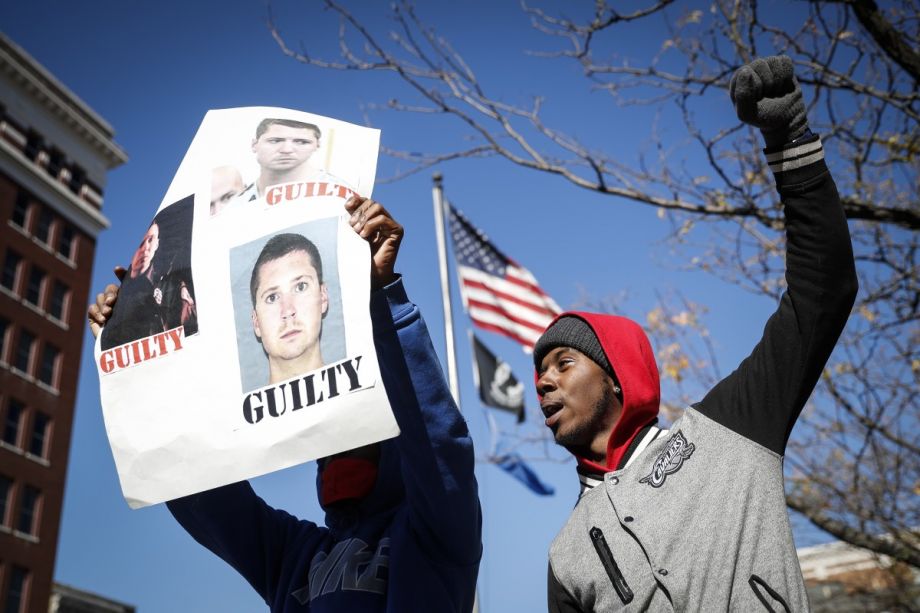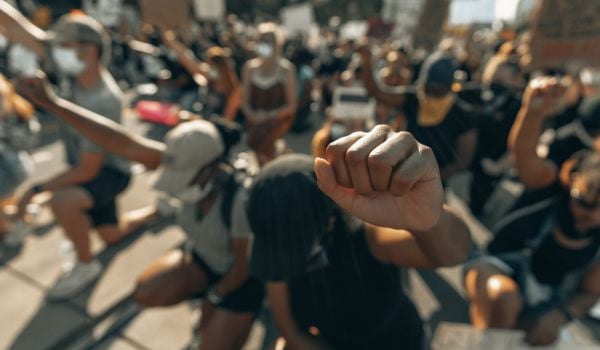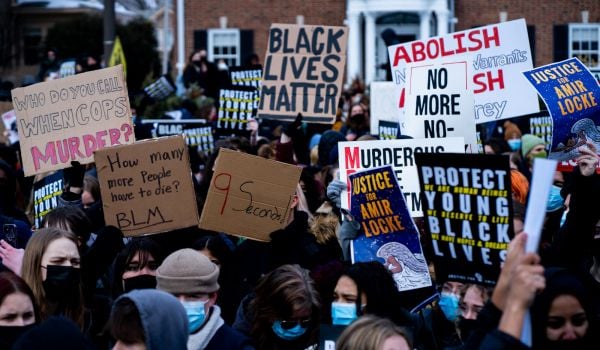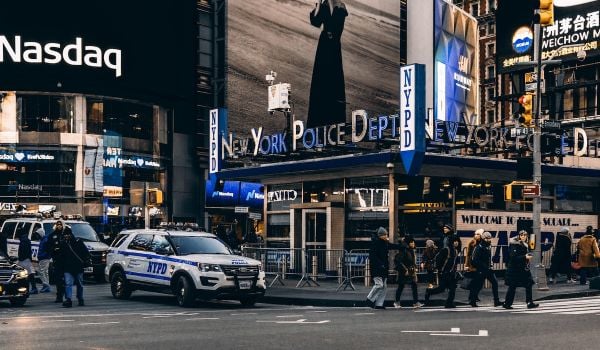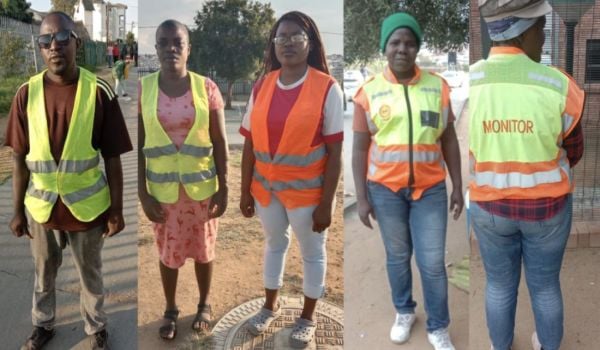Are Cincinnati police officers racially profiling black drivers? That’s a question that will require time, money and manpower to answer — and those essential resources have been in short supply over the last four years, WCPO Cincinnati reports.
In 2002, the city released a document known as the Collaborative Agreement in response to a 2001 lawsuit from Ohio’s ACLU chapter and the Cincinnati Black United Front. The suit alleged a 30-year pattern of racist policing practices. Shortly after the lawsuit was filed, Timothy Thomas, a black man, was shot and killed by an officer when Thomas reached down to pull up his pants (the officer said he believed he was reaching for a gun).
The agreement sought to change how policing was done, with a focus on de-escalation and better data collection.
“A critical component was a regular, exhaustive review of traffic stops to spot any patterns of possible racial bias,” WCPO Cincinnati reports. “The idea was to give the police department an early warning about any problems before they became bigger patterns of discrimination.”
Originally, the city had contracted with RAND Center on Quality Policing to collect and analyze those numbers, but the police department brought the work in-house in 2011. The effort ended in 2012 under former Chief James Craig, whose administration cited steep costs associated with the analysis.
In 2016, however, an investigative report from WCPO found that although officers are conducting fewer stops since 2009, a greater percentage of the people they pull over are black (63 percent in a city with a 44 percent black population).
Now, the city is working to “refresh” the Collaborative Agreement — with the future somewhat uncertain. According to City Manager Harry Black, the city needs, at minimum, to hire one staffer and bring in an outside contractor, WCPO reports. The city manager believes he’ll be able to cite hard numbers with regards to cost and timeline in a few months.
Cincinnati isn’t the only city working to update its data in the nationally relevant nexus of law enforcement, transparency and race. In Madison, Wisconsin, consultants are in the midst of a year-long review of the police department’s training curricula, operating procedures, crisis intervention training and use of deadly force. Their presence in the city, and the report they will write based on their experiences, are a response to the fatal shooting of Tony Robinson, an unarmed black teenager shot by a white police officer. Their work is estimated to cost, in total, $373,800 according to Capital Times.
Today, the city of Baltimore signed what the Baltimore Sun calls “a historic agreement” with the U.S. Department of Justice. If approved by the federal court, the agreement will overhaul many of the department’s current practices in the areas of training, supervision and discipline. The Justice Department began investigating Baltimore P.D. after the 2015 death of Freddie Gray and said in an August 2016 report that “BPD has engaged in a pattern or practice of serious violations of the U.S. Constitution and federal law that has disproportionately harmed Baltimore’s African-American community and eroded the public’s trust in the police.”
These reforms come after a year of relentless grassroots calls for police transparency. A new nationwide survey from the Pew Research Center shows the public sharply at odds with police officers over the shootings that have, in many cases, spurred calls for reform.
Sixty-seven percent “of officers say the deaths of blacks in recent encounters with police are isolated incidents,” according to the report’s findings. “Less than half of the public (39 percent) shares this view.”

Rachel Dovey is an award-winning freelance writer and former USC Annenberg fellow living at the northern tip of California’s Bay Area. She writes about infrastructure, water and climate change and has been published by Bust, Wired, Paste, SF Weekly, the East Bay Express and the North Bay Bohemian
Follow Rachel .(JavaScript must be enabled to view this email address)

